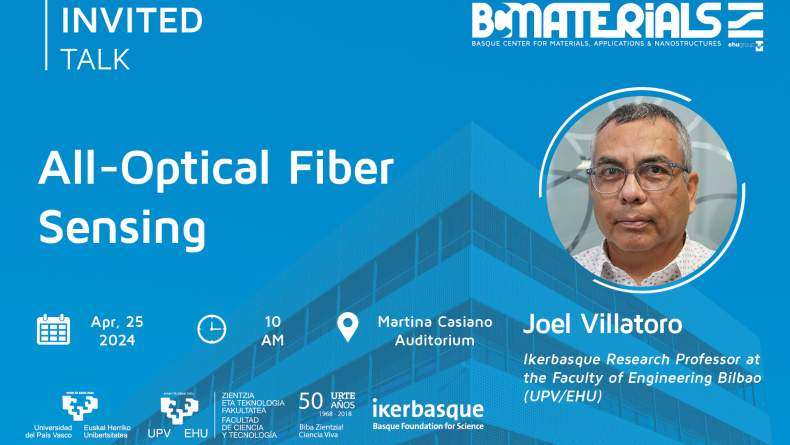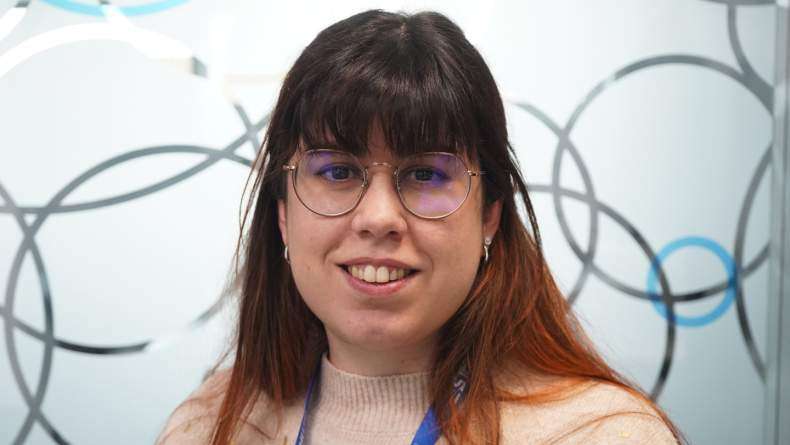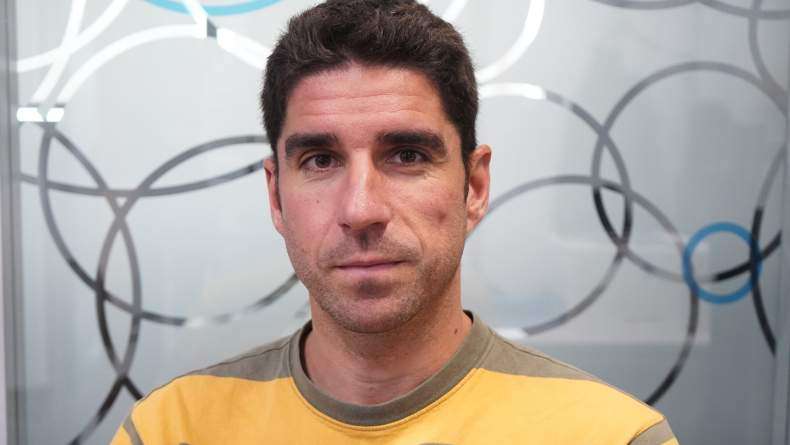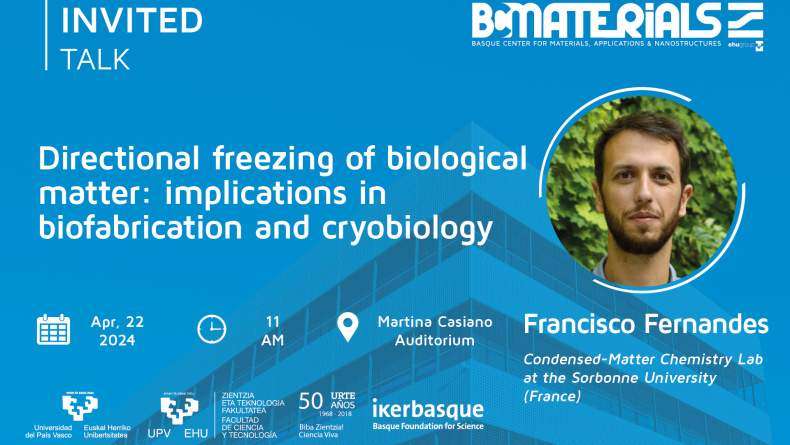BCMaterials Fortnightly Seminar #67: Javier Alonso & Ariane Sagasti

JAVIER ALONSO
(BCMATERIALS)
Superparamagnetic iron oxide nanodiscs for hyperthermia therapy: Does size matter?
For the final realization of magnetic nanoparticles (MNPs) mediated hyperthermia as a viable clinical therapy for cancer treatment, it is necessary to devise novel approaches in order to improve the heating efficiency or Specific Loss Parameter (SLP) of these MNPs. Recently, it has been shown that magnetic nanodiscs with enhanced shape anisotropy, diameters around 200 nm (25 nm thick), and vortex magnetic domain structure exhibit very high SLP values. Despite their high heating efficiency, biomedical applications of these nanodiscs could not be hassle-free due to their relatively big size. Therefore, in this work, we have studied how the heating efficiency of the nanodiscs changes upon size reduction (∼12 nm diameter and ∼3 nm thickness). In addition, we have compared these results with those obtained for more typically studied spherical nanoparticles of similar volume. Transmission Electron microscopy, Atomic Force Microscopy and X-ray Diffraction confirm the disc shape of our MNPs and that they are mostly composed of iron oxide (Fe3O4 or γ-Fe2O3) phase. Magnetometry indicates that the nanodiscs do not exhibit a vortex magnetic domain structure, but still present a superparamagnetic-like behaviour, with zero magnetization in the absence of field at room temperature (ideal for biomedical applications) and enhanced effective anisotropy as compared to the spherical nanoparticles. Finally, calorimetric methods based magnetic hyperthermia experiments indicate that the SLP values for these small nanodiscs are much lower than those reported for the bigger disc-shaped nanoparticles, but these superparamagnetic nanodiscs act as better heating mediators than the spherical nanoparticles of similar volume.ARIANE SAGASTI
(BCMATERIALS)
Corrosion resistant metallic glasses for biosensing applications
In the last years, the use of metallic glasses in the form of ribbons as magnetoelastic resonant platforms for sensing biological and/or chemical agents, has received increased attention because they allow remote "query and answer", among others advantages. In many cases such detection must be performed in water or aggressive media, where corrosion produces a subsequent degradation of magnetic properties and sensing capacity. Fe-rich, Fe-Co-Si-B metallic glasses show outstanding magnetic and magnetoelastic properties, but high tendency to corrosion. It is already well established that addition of Ni, Cr, Zr and other elements can improve greatly the corrosion resistance of metallic glasses at the expenses of some magnetic performance degradation. In this work we report the fabrication by melt-spinning, magnetic and magnetoelastic characterization and corrosion behavior study (by potentiodynamic methods) of Fe-Ni and Fe-Ni-Cr metallic glass ribbons. Values of magnetization, magnetostriction and DE effect values, as well as corrosion potential, current density, and polarization resistance, are given and discussed in terms of Ni and Cr content. The well known, commercial metallic glass with high corrosion resistance, Metglas 2826MB®(Fe40Ni38Mo4B18), widely used for such biological and chemical detection purposes, has been also fully characterized and used as reference for the results obtained in our Fe-Ni-Cr ribbons.Related news
Invited Talk with Joel Villatoro on April 25
On April 25, BCMaterials will receive Dr. Joel Villatoro as a new invited speaker with the talk entitled “"All-Optical Fiber Sensing". The talk will start at 10:00 at the Martina Casiano auditorium (…Eloie Gallego, New Research Technician Assistant
BCMaterials welcomes Eloie Gallego, who joins our center as new Research Technician Assistant. She will work giving service to a growing laboratory activity in our facilities. Eloie’s academical and…Jorge Saiz, New Ramón y Cajal Researcher at BCMaterials
We are happy to receive Jorge Saiz Galindo as new Ramón y Cajal Fellow, post-doctoral researcher in BCMaterials. Dr. Saiz obtained his degree in Biology and his PhD at the University of Alcalá, in…Invited Talk with Francisco Fernandes on April 22
BCMaterials will offer a new invited talk on April 22 with Francisco Fernandes, Associate Professor of the Condensed-Matter Chemistry Lab at the Sorbonne University (France) The talk will begin at…



